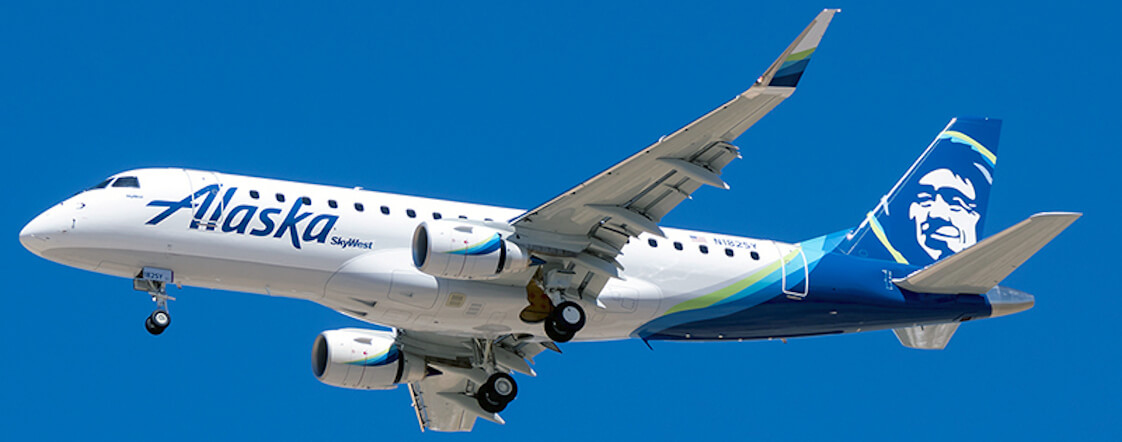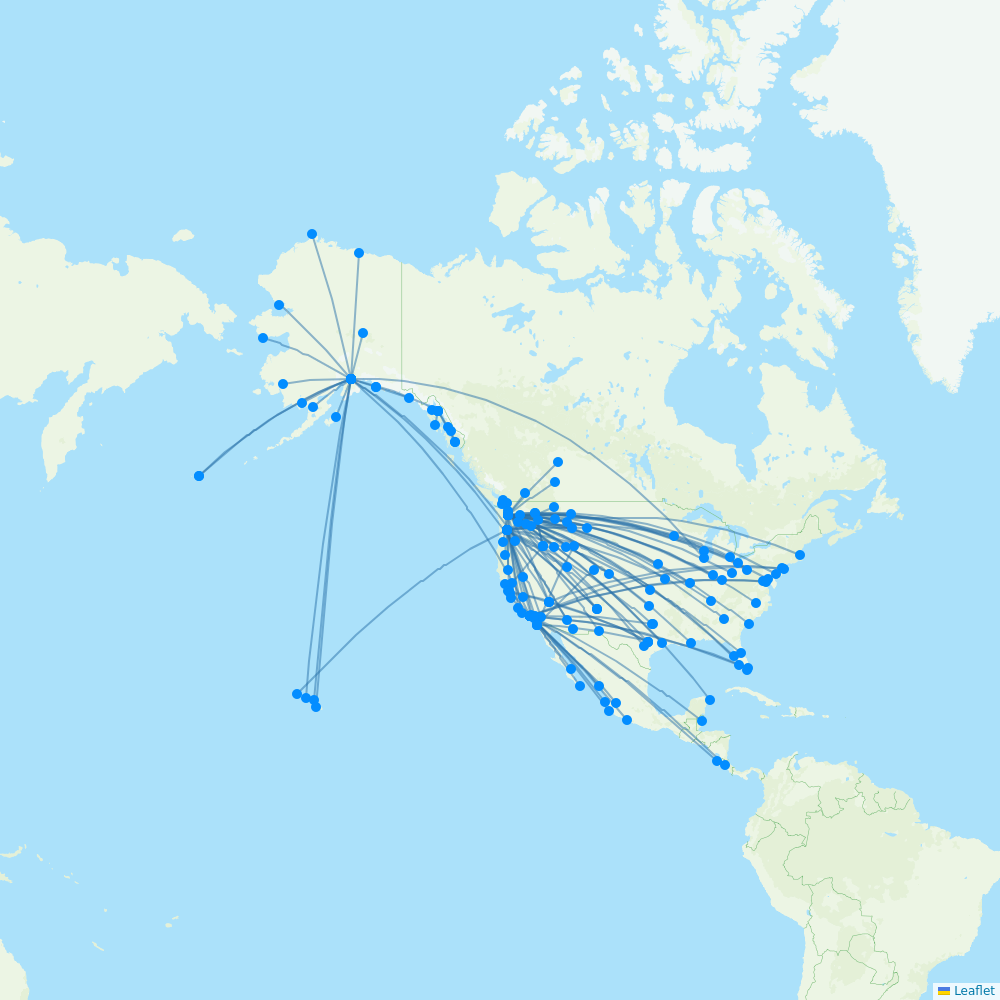Exploring the Vast and Intricate Map of Alaska

Alaska, the largest state in the United States, is renowned for its breathtaking landscapes, diverse wildlife, and rich cultural heritage. Whether you’re planning a trip, studying its geography, or simply curious about this magnificent region, understanding the map of Alaska is essential. This article delves into the intricacies of Alaska’s geography, providing a detailed guide to its map.

Key Takeaways
- Alaska is the largest U.S. state, with diverse geographical features ranging from mountains to forests.
- The map of Alaska is divided into several regions, each with unique characteristics.
- Understanding Alaska’s geography is crucial for travelers, researchers, and geography enthusiasts.
The Vastness of Alaska: An Overview
Alaska’s sheer size is staggering, covering over 663,000 square miles. It is larger than Texas, California, and Montana combined. The map of Alaska reveals a landscape that is as diverse as it is extensive, with features that include towering mountain ranges, expansive forests, and countless rivers and lakes.
Geographical Regions of Alaska
Alaska is typically divided into five main regions, each offering its own unique geographical features and attractions:
- Southeast Alaska: Known for its temperate rainforests and stunning fjords, this region is home to the Tongass National Forest, the largest national forest in the United States.
- Southcentral Alaska: This area includes Anchorage, Alaska’s largest city, and is characterized by coastal mountains and numerous glaciers.
- Interior Alaska: Dominated by the Alaska Range, this region features Denali, the highest peak in North America.
- Southwest Alaska: Known for its rugged coastline and abundant wildlife, including the famous Bristol Bay salmon runs.
- North Slope and Arctic Alaska: This remote region is characterized by tundra landscapes and is home to the oil-rich Prudhoe Bay.

Key Features on the Map of Alaska
When examining the map of Alaska, several key features stand out:
- Mountain Ranges: The Alaska Range, Brooks Range, and Chugach Mountains are prominent features, with Denali being the most notable peak.
- Rivers and Lakes: Major rivers such as the Yukon and Kuskokwim traverse the state, while Lake Iliamna is the largest lake.
- National Parks: Alaska boasts several national parks, including Denali National Park and Preserve, Glacier Bay National Park, and Katmai National Park.
Understanding Alaska’s Climate and Ecosystems
The climate of Alaska varies significantly across its regions, influencing its ecosystems and the way its map is interpreted. From the temperate rainforests of the southeast to the arctic tundra of the north, each area presents a unique climate profile.
Climate Zones
Alaska’s climate can be divided into several zones:

- Maritime Climate: Found in Southeast and Southcentral Alaska, characterized by mild temperatures and high precipitation.
- Continental Climate: Predominant in Interior Alaska, with extreme temperature variations between summer and winter.
- Arctic Climate: Present in the North Slope, featuring cold temperatures and low precipitation.
Ecosystems and Biodiversity
Alaska’s diverse ecosystems support a wide range of biodiversity. The state’s vast wilderness is home to iconic species such as grizzly bears, moose, and bald eagles. The marine environment is equally rich, with species like humpback whales and sea otters populating its waters.
Navigation and Travel: Using the Map of Alaska
For travelers and adventurers, the map of Alaska is an invaluable tool. Whether you’re planning a road trip along the scenic Alaska Highway or exploring the remote wilderness areas, understanding the state’s geography is crucial.
Popular Travel Routes
Several key travel routes are highlighted on the map of Alaska:
- Alaska Highway: Connecting Alaska with Canada, this route offers stunning views of the state’s interior landscapes.
- Seward Highway: Running from Anchorage to Seward, this highway is known for its breathtaking coastal scenery.
- Dalton Highway: Extending to the Arctic Ocean, this road is an adventure in itself, traversing some of Alaska’s most remote areas.
Travel Tips and Considerations
When traveling in Alaska, it’s important to be prepared for the state’s unique challenges. Weather conditions can change rapidly, and some areas are extremely remote. Always plan ahead, carry necessary supplies, and be aware of wildlife and environmental considerations.
The Significance of Alaska’s Map
Understanding the map of Alaska is more than just an exercise in geography—it’s a gateway to exploring one of the most unique and awe-inspiring regions in the world. Whether you’re drawn to its natural beauty, cultural heritage, or adventurous opportunities, Alaska offers something for everyone. By familiarizing yourself with its map, you can better appreciate the vastness and diversity that define this remarkable state.
In summary, the map of Alaska is not just a tool for navigation, but a representation of the state’s rich tapestry of landscapes and ecosystems. From the towering peaks of Denali to the serene waters of its lakes and rivers, Alaska’s geography is as varied as it is vast. Embrace the adventure and let the map of Alaska guide you through its wonders.